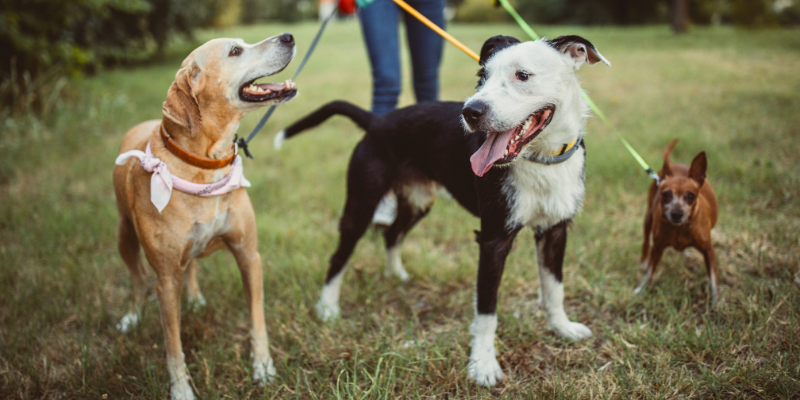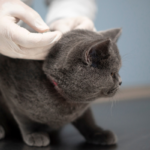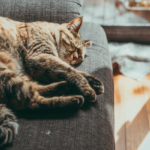We all know that regular exercise is a vital component of a healthy lifestyle, and the same goes for our beloved pets! However, there are times when a good exercise routine can be a little bit more strenuous to achieve than it should be.
Here are a few common barriers to healthy activity in pets, and how we can help.
Old pets
In older pets, general health issues such as heart disease or arthritis can mean that exercise becomes difficult or even painful.
For this reason, we recommend that pets eight years of age and above have a routine health check at least every 6-12 months (or anytime a change in behaviour, appearance, or mobility is noted). With regular veterinary assessment, we can proactively support your pet’s health and treat or manage any developing issues quickly, keeping them feeling and functioning their best.
Additionally, it’s a good idea to ensure that older pets have their nails kept as short as possible with regular nail trims (as their nails are more likely to overgrow) to prevent discomfort and reduce their risk of slipping.
Overweight pets
Unfortunately, heavier pets have a higher risk of dangerous overheating, breathing difficulties, or painful joint injuries (such as cruciate ligament damage) if they suddenly launch into activities that their bodies just aren’t used to.
When starting a weight loss program for an overweight dog who hasn’t been very active previously, it’s a good idea to build up their exercise regime slowly, starting with short walks in cool conditions or gentle paddles in shallow water.
Heavier cats can be encouraged to move more by initiating play for 10-15 minutes per day (which can be done in several short sessions using a variety of toys), encouraging them to potter around the house and garden with you, and feeding them via an interactive puzzle toy.
Keep an eye on your pet and stop exercising immediately if they show any signs of laboured breathing or weakness. Additionally, if you note your pet experiencing any joint discomfort during or after exercise, it’s a good idea to have them assessed by one of our knowledgeable vets. We’re also happy to give tips on healthy diet options to facilitate safe, gradual weight loss.
Rainy days
Don’t let a rainy day keep you and your pet on the couch! Even in smaller indoor areas, you can still find fun ways to stay active.
Many dogs will love a game of fetch down a hallway, or a vigorous bout of tug-of-war with a tough toy. You could also create a fun hide-and-seek challenge by hiding treats around a room for your pet to sniff out and find.
For keeping cats active indoors, fishing-rod style toys can be used around, under and over other pieces of furniture (such as beds, chairs or a cat tree), or dangled enticingly near a cardboard box with some holes cut out of it. Many cats will also happily spring after a ping pong ball or scrunched-up paper ball that has been rolled near them.
For more information on keeping your pet fit and healthy, consult our exercise-experienced team.






